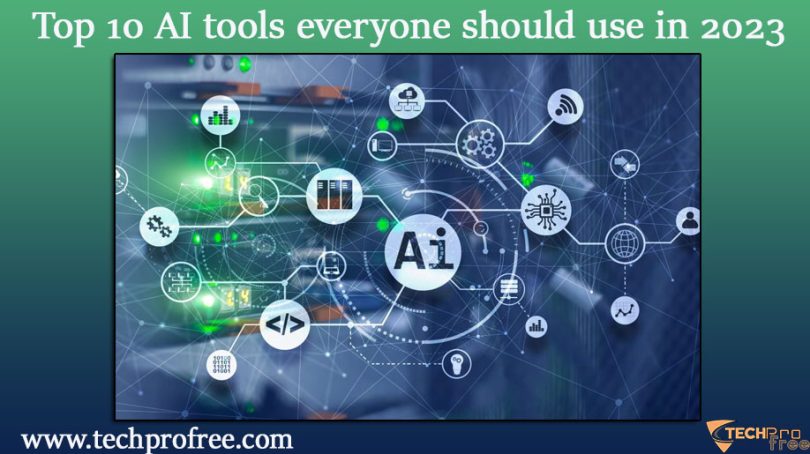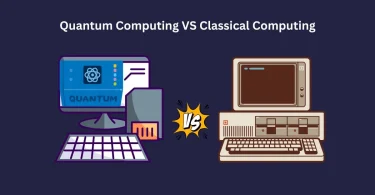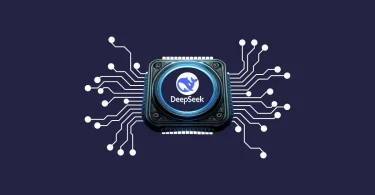This article explores the top 10 AI tools everyone should use in 2023, that are currently available and advanced; and also discusses their key features and benefits. From natural language processing and computer vision to machine learning, deep learning and predictive analytics. These tools offer powerful solutions for businesses looking to automate processes, improve efficiency and gain insights into data. Whether you’re a data scientist, software developer, or business owner, this article is a must-read for anyone interested in staying ahead of the curve in the rapidly evolving world of AI technology.
Chat GPT.
Chat GPT (generative pre-rained transformer) is an artificial intelligence language model developed by OpenAI that is designed to generate human-like responses to natural language inputs. Chat GPT can be used for a range of natural language processing tasks, including writing articles, composing emails, language translation, summarization and dialogue generation. It has been trained on large amounts of text data and can generate coherent and contextually relevant responses to a wide range of queries. Chat GPT4 is its latest version which can produce 8 times more in words response than its previous version.
Pytorch Lightning.
Pytorch Lightning is an open-source framework that simplifies the process of training and deploying pytorch models, providing a standardized and reproducible way to organize research code and accelerate experimentation.
Tensorflow Extended (TFX).
TFX is an end-to-end platform that is a versatile framework designed to support the development of production-grade machine learning workflows with improved speed, reliability and resiliency. Its strength/power is in its adaptability to execute ML pipelines across multiple platforms and environments; enabling ML practitioners to iterate and experiment with greater efficiency and confidence. It integrates with popular cloud computing services and provides a pipeline for continuous model updates and monitoring.
Hugging Face.
Hugging Face can be said as a library of pre-trained language models that are used for a wide range of natural language processing tasks, including text classification, question answering and machine translation; provide state-of-the-art performance and a large community of developers and researchers.
Microsoft Azure Machine Learning.
If you have a lot of data to train your ML model then Microsoft Azure Machine Learning API accelerates the ML model training process with services for data preparation, model building and deployment; including automated machine learning, deep learning frameworks, and model versioning and experimentation.
Open AI Codex.
A language tool that uses deep learning to generate code and automate programming tasks, such as auto completion, debugging and refactoring; providing a more efficient way to interact with software systems. Open AI Codex is created and launched by Open AI and is capable of interpreting natural language and producing code in response. Tool is used to drive GitHub Copilot, an auto completion tool that helps in programming tasks in selecting Integrated Development Environments (IDEs), such as Neovim and Visual Studio Code. With Codex and Copilot, developers have more efficient and accurate coding assistance.
IBM Watson Studio.
With Watson Studio, users have access to a collaborative environment and a suitcase of tools that enable them to work together in a team to address their business challenges using data. The users can select tools that best meet their needs. The platform offers a range of options for data analysis and visualization, data preparation and transformation, real-time data streaming and machine learning model creation and training.
Data Robot.
Data robot is an automated ML platform that allows users to quickly build and deploy machine learning models, using a combination of automated feature engineering, model selection and hyperparameter tuning; providing a more efficient and climbable way to solve even complex business problems. Data robot can automatically recognize the data type of each feature, whether it is categorical, numerical, a date, a percentage, or otherwise. It is also able to perform fundamental statistical analyses; such as calculating the mean, median, standard deviation and other related measures on each feature.
Amazon Rekognition.
A cloud based service; launched in 2016 that uses deep learning models to analyze images and videos, helps in detecting and recognizing objects, faces, text and activities. Amazon Rekognition provides a wide range of applications in areas such as security, entertainment and retail.
NVIDIA Jarvis.
NVIDIA Jarvis is a special tool with a conversational AI framework that uses the latest/modern deep learning models to build and deploy virtual assistants and chatbots. It provides a more natural and intuitive way for humans to interact with machines, with applications in customer service, healthcare, and education in real time performance on GPUs.




Leave a Comment